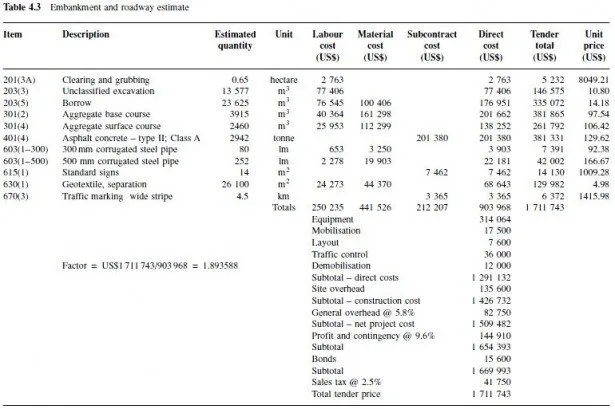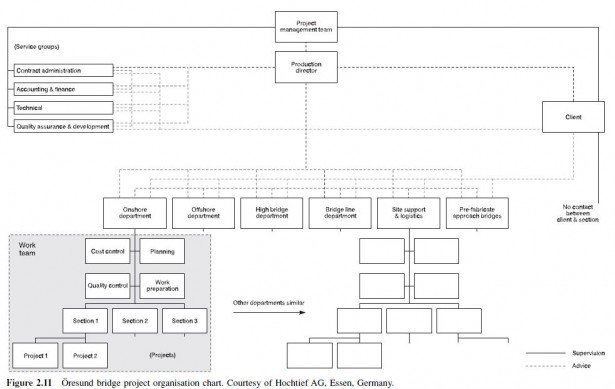There may be several feasible ways to achieve the objectives set forth in the programme. If a bridge is required to carry highway traffic and utility conduits across a watercourse, what will be its location and alignment? Will it be a suspension bridge, a cable stayed bridge or a plate girder bridge? Will the structural materials be primarily steel, concrete, timber or a composite? Will it consist of a single or double deck?
Our elementary school will need a site and several may be under consideration. For each, there are probably several possible layouts, or footprints, the school can occupy on the site. There will be alternative exterior access and traffic flow patterns, utility access and playground locations. Inside the building (or, perhaps, buildings, as an alternative), will there be a single or multiple storeys? What room layouts are feasible that can lead to pleasing use of exterior light, satisfactory pedestrian flow, energy efficiency and successful interactions among the various educational components? Quickly the various combinations become numerous and the design professionals task is to identify all the possibilities and then select the most feasible alternatives for further study.
For each selected alternative, the planning process proceeds through several steps. For a facility project such as our proposed elementary school, the architect will begin to develop general concepts, perhaps using proximity or bubble diagrams to show relationships among the facilitys functions, leading to preliminary floor plans and renderings. The engineer will support this process with general investigations of utilities, structural components, sitework and communication systems. For a highway or bridge project, the engineer will lead the effort to develop preliminary layouts of each alternative, their alignments and general shape. The result of this part of the planning process will be a collection of preliminary drawings and descriptions for alternatives whose costs can be estimated, whose general timelines can be forecast and whose construction techniques can be studied, with the goal of identifying financially and technically feasible options, if any, and then selecting the preferred option.
A master plan is a document that lays outs the various physical elements of the project in their proposed locations on the project site together with general descriptions of the project features. The identified alternatives provide a structured means of studying the options available for supplying the elements in the master plan in order to meet the projects objectives.
It should be noted that the contract with the design professional is often subdivided and agreed to in phases, in order to define the scope and services and attendant fees more accurately. For example, a contract with a defined scope and cost may be issued for the development of a master plan in order to examine alternatives and elicit community input. Then, once the scope of the project is well defined, a second contract can be written that allows better clarification and control of cost and outcome.

